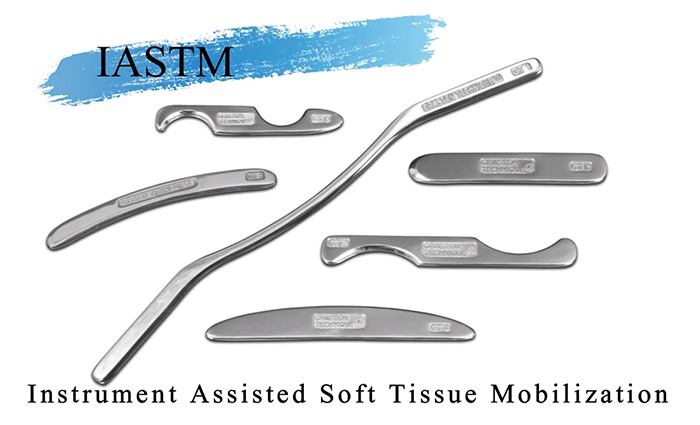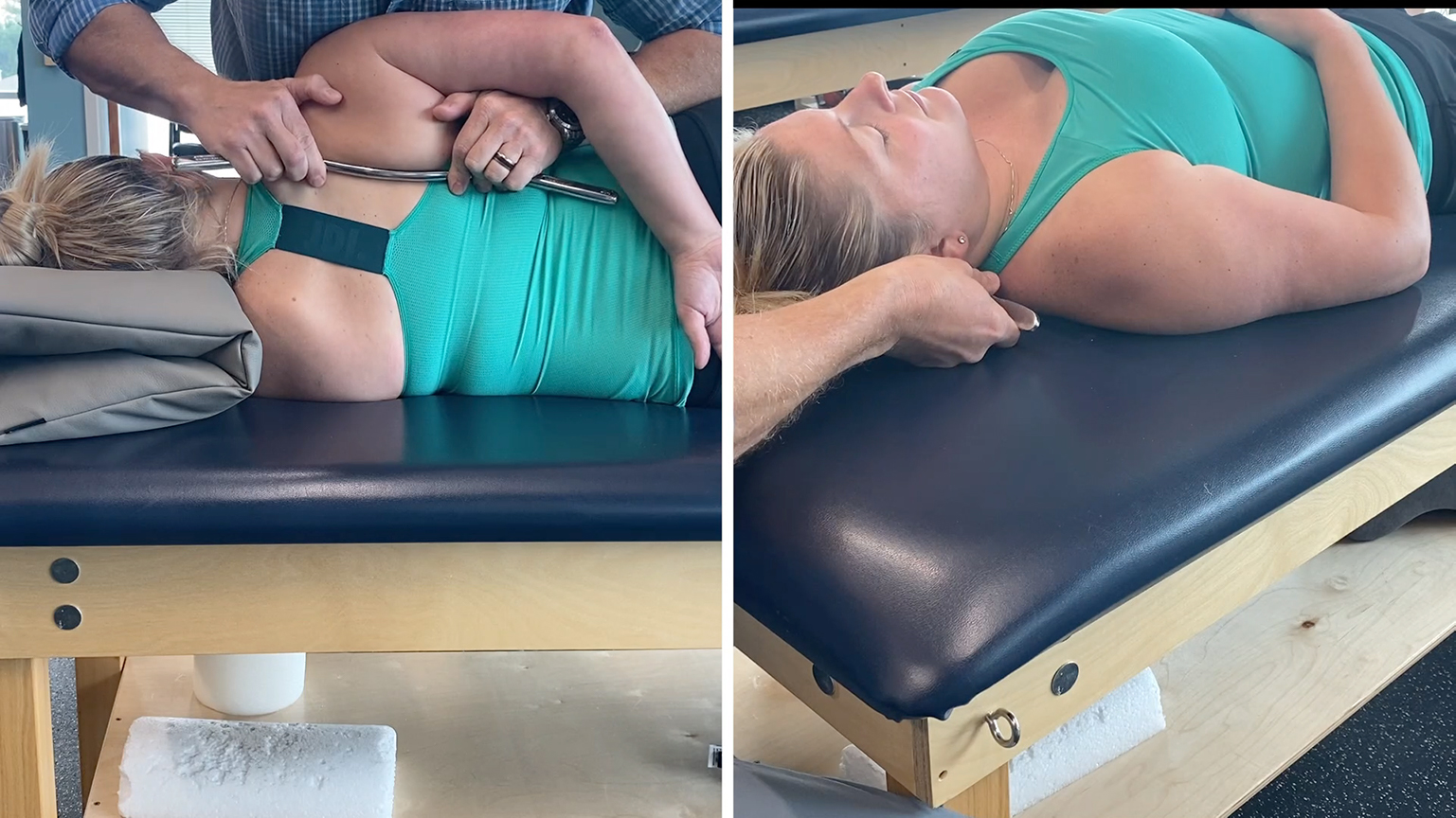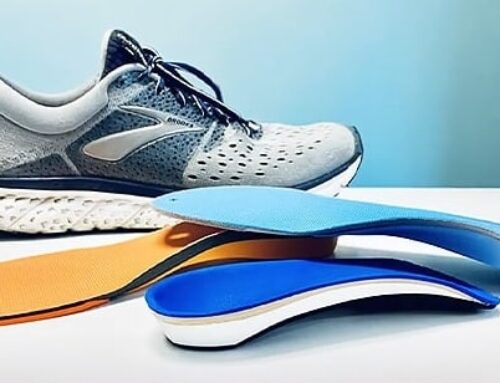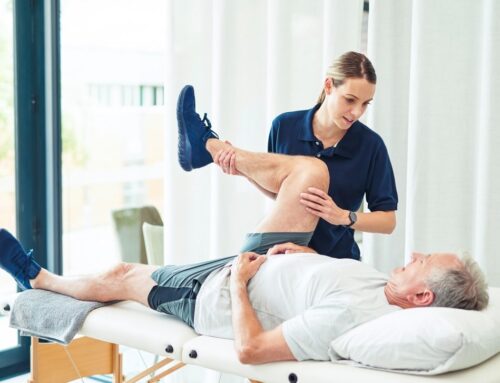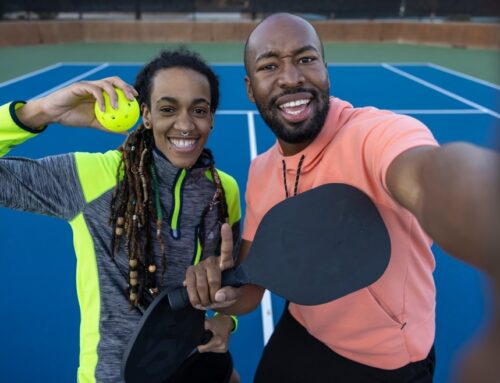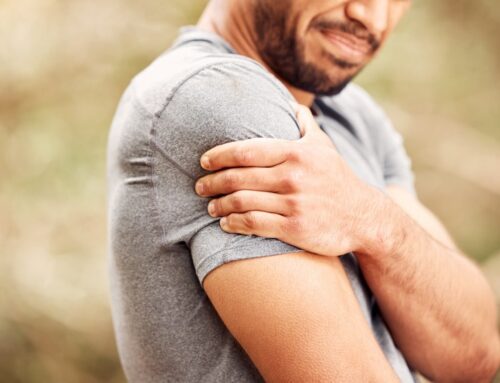Cary Orthopaedics physical therapist Chad Moses, PT, Cert. DN/SMT, GTS, CKTP, Dip. Osteopractic, produces our Patient Education Series to inform patients about various physical therapy techniques. In this episode, he discusses instrument-assisted soft tissue mobilization.
What is instrument-assisted soft tissue mobilization?
This video focuses on the most widely-used modality across all our clinics and clinicians: instrument-assisted soft tissue mobilization (IASTM). IASTM is a manual technique that uses steel instruments to diagnose and identify an array of acute and chronic soft tissue injuries and dysfunctions. The history of IASTM dates back 2,000 years ago to traditional Chinese medicine and a technique called Gua Sha, which literally means “scraping.” Practitioners would take jade or stones and scrape the person’s skin until it became red or even bruised. This was intended to help with muscle injuries, increase blood flow to the areas, and help with cell regeneration, growth and repair.
How is IASTM performed today?
Today’s instruments are made from dense stainless steel. Practitioners will slide the instrument across the tissue and any abnormalities in tissue texture will be amplified through the instrument into the practitioner’s hands. These tools can be used diagnostically to identify any areas of restriction, fibrosis or scar tissue. Once those areas are identified, different shaped tools will be used to manipulate the soft tissue. The goal is to cause a micro-trauma in the area to stimulate an inflammatory response and allow the body to properly start the healing process in a controlled manner.
Why use IASTM?
The tools are extensions of the physical therapists’ hands. They allow therapists to feel things they may not normally feel, similar to the practice of dry needling. From a patient perspective, it allows physical therapists to be very specific and localized, treating a specific area in a short time period compared to other manual therapies of the past. From a therapist standpoint, it really saves the practitioner’s hands from having to do a lifetime of manual work.
There are many different types of tools on the market today. The common theme of all high-quality tools is being made of stainless steel and having either a single or a double-beveled edge. This allows superficial to deep work and to be more or less aggressive with the instrument. The body part being treated will dictate the size of the tool. A small portion of the tool selection process is also the therapist’s and patient’s preference.
Instrument assisted soft-tissue mobilization at Cary Orthopaedics
The highly-skilled physical therapists at Cary Orthopaedics offer IASTM at all of our physical therapy locations along with a variety of other PT techniques to treat each patient’s unique condition. Don’t live in pain, contact us today to make your physical therapy appointment and trust the experts to diagnose and treat you.

